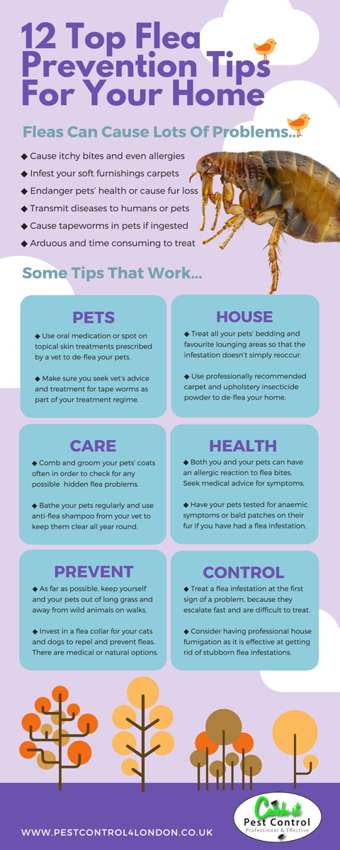Rodent-Proofing Your Attic: Necessary Tips For Homeowners
Rodent-Proofing Your Attic: Necessary Tips For Homeowners
Blog Article
Authored By-Silver Smedegaard
Imagine your attic room as a comfy Airbnb for rodents, with insulation as cosy as hotel cushions and electrical wiring a lot more tempting than room service. Currently, imagine these unwanted guests tossing a wild event in your home while you're away. As a home owner, guaranteeing your attic is rodent-proof is not just about assurance; it has to do with safeguarding your home and enjoyed ones. So, what basic steps can you take to secure your refuge from these hairy intruders?
Check for Access Points
To start rodent-proofing your attic, evaluate for access factors. Begin by meticulously checking out the outside of your home, trying to find any openings that rodents might use to gain access to your attic. Check for spaces around utility lines, vents, and pipes, along with any type of cracks or openings in the structure or exterior siding. Ensure to pay very close attention to locations where various structure materials fulfill, as these are common access factors for rats.
In addition, examine the roofing for any harmed or missing roof shingles, along with any gaps around the edges where rats can press via. Inside the attic, look for indications of existing rodent task such as droppings, ate cords, or nesting materials. Use a flashlight to extensively inspect dark edges and concealed rooms.
Seal Cracks and Gaps
Inspect your attic extensively for any cracks and voids that need to be secured to avoid rodents from getting in. Rats can press via even the smallest openings, so it's important to secure any type of prospective entry factors. Examine around pipelines, vents, wires, and where the wall surfaces satisfy the roofing. Use a combination of steel woollen and caulking to seal off these openings effectively. Steel wool is an excellent deterrent as rodents can not chew with it. Ensure that all voids are snugly secured to refute accessibility to undesirable bugs.
Do not neglect the importance of sealing gaps around windows and doors too. Use weather removing or door moves to seal these locations successfully. Check the locations where energy lines go into the attic room and secure them off utilizing a suitable sealant. By taking the time to seal all cracks and spaces in your attic, you create an obstacle that rats will find hard to violation. Prevention is key in rodent-proofing your attic room, so be complete in your efforts to seal off any type of possible entrance factors.
Remove Food Resources
Take positive actions to eliminate or store all potential food resources in your attic to discourage rats from infesting the room. go here are brought in to food, so removing their food sources is vital in keeping them out of your attic room.
Here's what you can do:
1. ** Shop food securely **: Avoid leaving any food products in the attic room. Store all food in airtight containers made from steel or sturdy plastic to avoid rats from accessing them.
2. ** Clean up particles **: Remove any kind of stacks of particles, such as old newspapers, cardboard boxes, or timber scraps, that rodents can utilize as nesting product or food sources. Keep the attic clutter-free to make it less appealing to rodents.
3. ** Dispose of rubbish correctly **: If you utilize your attic room for storage and have trash or waste up there, make certain to dispose of it on a regular basis and effectively. Decaying termites and ants bring in rats, so maintain the attic clean and free of any kind of natural waste.
Conclusion
Finally, bear in mind that an ounce of avoidance deserves an extra pound of remedy when it involves rodent-proofing your attic.
By putting in the time to inspect for entrance factors, seal fractures and spaces, and eliminate food resources, you can maintain undesirable bugs away.
Keep in mind, 'An ounce of prevention is worth a pound of cure' - Benjamin Franklin.
Keep aggressive and shield your home from rodent problems.
